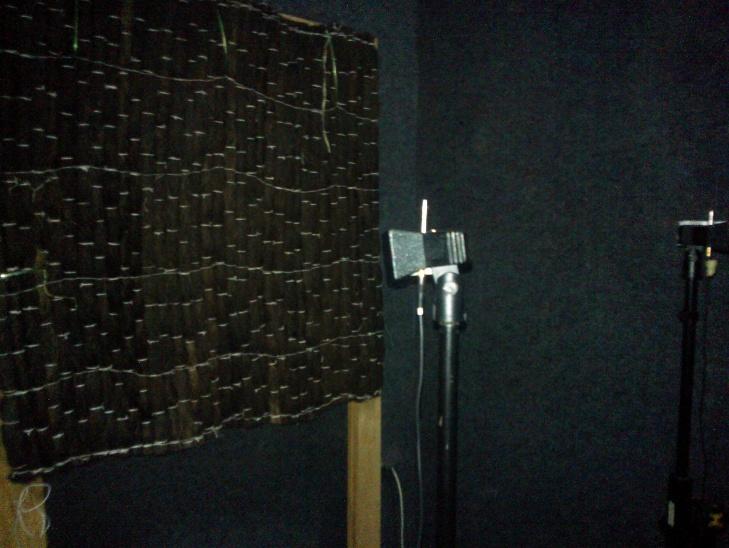Behavioral Characterization and Sound Rythme of Swiftlet
Most animals use body language, smell and sound in order to communicate with one another. The purpose is to transfer information from one or more animals which effect on the current or future behavior of another animal. As for animal’s sound, the information is embedded within the intensity level and frequency.
In Indonesia, Swiftlet (Collacalia fuciphaga), a bird in the family of Apodidae, are found in many areas. Nowadays, these birds have been cultivated for their nest since the bird’s nests are high-price merchandise used in pharmacy and as food ingredients. The challenge would be on how to inhabitant Swiftlet in a certain place. A strategy believed to work is by calling swiftlet using synthetic speech generated from an audio device. This research aims to characterize the swiftlet sound including its frequency and intensity to observe the communication of one to another.
Audio-visual data is recorded for 7 days x 24 hours in the swiftlet farm using 2 units of CCTV cameras and a microphone. The data are separated into several signals with duration of 1 hour recording. All data were analyzed using a signal processing software. Results are showing that each data spectrum representing each behavior are significantly different based on the intensity and frequency component. The frequency range recorded is between 0 to 3,992.19 Hz with intensity of -25.74 – (-67.67) dB. At night, high frequencies up to 22,686.93 Hz frequency do occurred. This ultrasonic sound wave is similar to the frequencies used by nocturnal animals during echolocation, which in this research might be the case for the swiflet’s behavior. The outcome of this research is a recorded signal with duration of 3 minutes 41 seconds which in the future can be used as a signal in a swiflet caller device.
Keywords: Collacalia fuciphaga , swiftlet behavior, signal processing swiflet caller device

